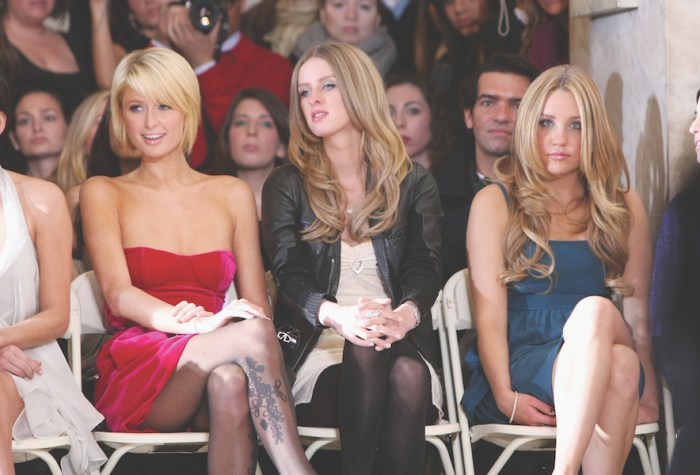Earlier this year, the NYPD’s policy of targeting quality-of-life violations found a new target: subway dancers.
“Is it a significant crime? Certainly not. Does it have the potential both for creating a level of fear as well as a level of risk that you want to deal with?” NYPD Police Commissioner William Bratton said, when asked back in June.
According to many performers, the crackdown against dancers and acrobats on train cars, which is illegal, has impacted those performers and buskers who follow MTA-mandated rules for performing legally on subway platforms.
In April, 26-year-old puppeteer, Kalan Sherrard was arrested while performing at the 42nd Street subway station. He was charged with panhandling, which was dismissed two months later.
As of July 27, according to the NYPD, 243 performers have been arrested in the subway compared to 51 over the same period last year. “In an effort to better respond to complaints, the Transit authorities established a system for follow-ups on those complaints,” a spokesperson for the police department, said.
Some say that this system is adversely affecting the busking culture that defines New York subways. “The subways are dead right now,” Mathew Christian, a subway violinist, said. “There are very few musicians out there. It’s risky to be out there with untrained officers.”
Christian was wrongfully arrested by the NYPD in 2011 and successfully sued the police department, for which he was awarded a $30,000 settlement in spring last year. In 2012, he formed BuskNY, an advocacy group for busker rights that works with over 130 performers.
Most also agree that the crackdown on buskers is nothing new. “And if it continues there is scope for class action and for individual settlements in the thousands of dollars,” said civil rights lawyer Leo Glickman who represented Christian in his case.
Sherrard says he is considering a lawsuit against the police department, only because he has the video evidence to back his claim. Most buskers, however, are not so lucky.
“The solution,” Christian said, “ is that New Yorkers need to have a clear understanding of what is legal. The public needs to know so they can step up to defend buskers.”
Rather than being accused of breaking MTA rules, dancers caught on the subway face charges of reckless endangerment or disorderly conduct, which most buskers believe is harsh.
“It creates a systemic problem by giving them a criminal record,” Sherrard said.
But there have been no cases of injuries, either to dancers or to subway passengers. There is no public outcry against dancers but the police have decided the dancers must go, or rather it has been decided for them.
“Three-fourths of the cops out there don’t want to mess with us,” said Heidi Kole, a veteran busker and author of The Subway Diaries. “But they’re under orders. Some cops revel under the new orders.”
“The cops don’t really care about the crackdown,” says Andrew “Goofy” Saunders, 20, a dancer and member of We Are Family For Life Entertainment. “They just do what the bosses tell them. They say it’s dangerous but they don’t reach out to us to at least have a conversation.”
Other dancers are also wary of plying their trade on train cars. Tyree Sowell, a 20-year-old dancer, said he wouldn’t perform on the trains again until the crackdown cools off. Regardless, he’s optimistic about this endangered art form. “You may try to tame it,” he said, “but you can’t stop it.”


















